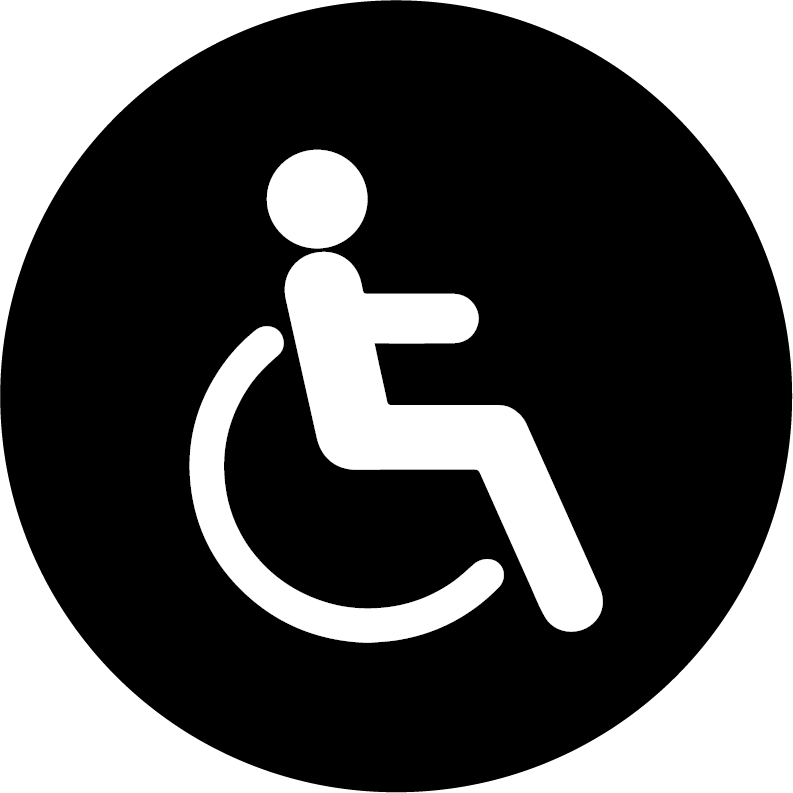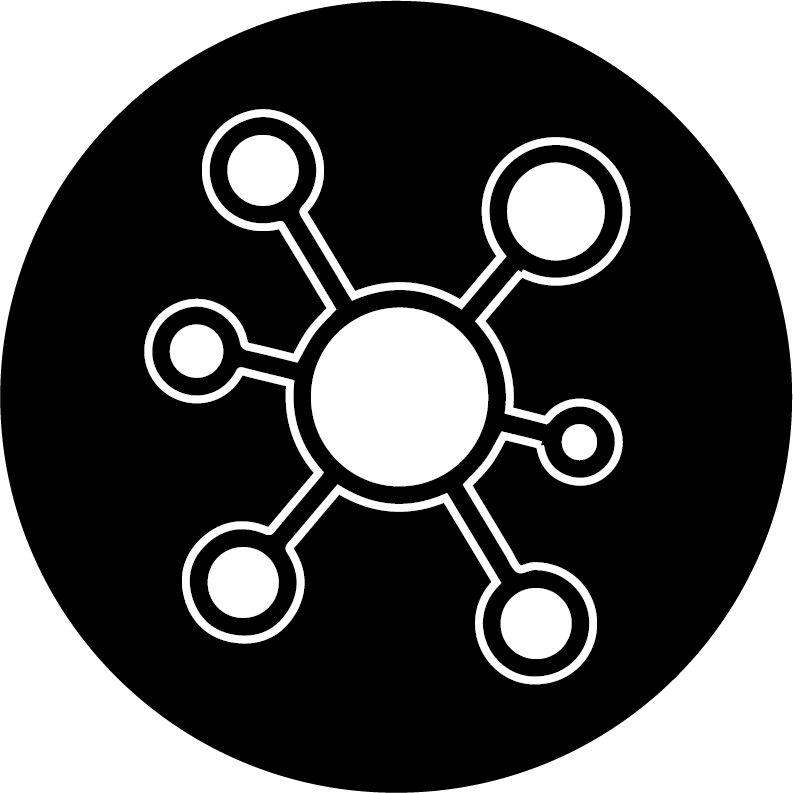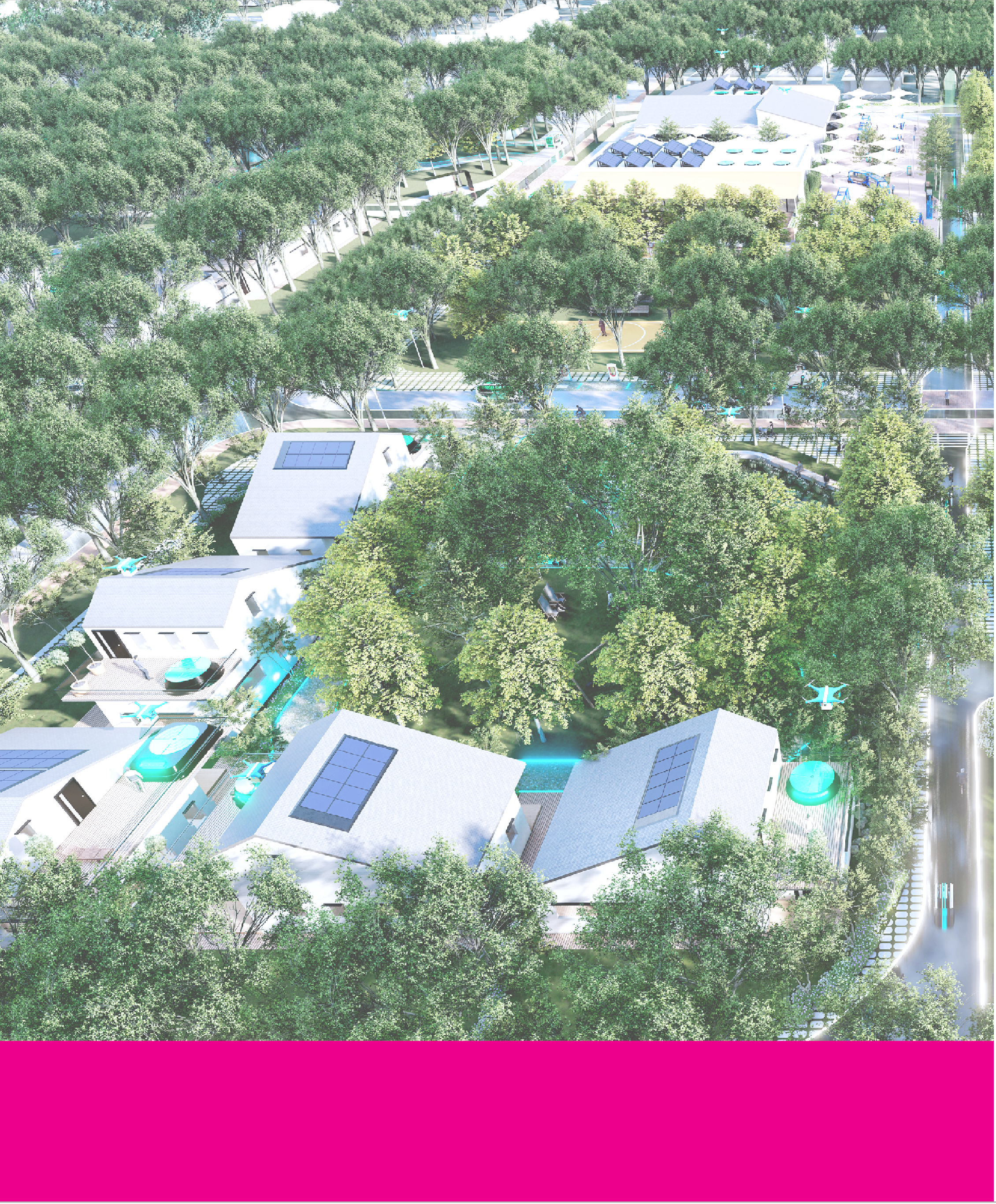 Next Optimized Generation of Autonomous Suburbs
Next Optimized Generation of Autonomous SuburbsA new digital toolkit for guiding development in transition to autonomous mobility
ABOUT
NOGAS TARGETS
With the adoption of distributed, on-demand autonomous mobility services, many of the standardized land use and development patterns that have typified suburban form since the early 20th century have become redundant or will be obsolete within the next thirty years. These disruptions will present significant opportunities for optimizing the suburban environment to address several distinct challenges:






With the adoption of distributed, on-demand autonomous mobility services, many of the standardized land use and development patterns that have typified suburban form since the early 20th century have become redundant or will be obsolete within the next thirty years. These disruptions will present significant opportunities for optimizing the suburban environment to address several distinct challenges:

Autonomous Universal Access
Emerging autonomous mobility technologies, such as autonomous vehicles, autonomous electric-powered wheelchairs, autonomous motorized scooters, and autonomous delivery robots, offer potential new solutions to the growing number of adults and individuals living with disabilities in limited mobility neighborhoods.
See project

Curb-to-Kitchen
Curb-to-Kitchen (C2K) explores on of the great unsolved challenges of the autonomous mobility transition: what happens after drop-off. As AVs, delivery bots, and low-speed micro-mobility systems reshape how people move, little attention has been paid to the last-meter connection between curb and destination.
See project

Landscape Performance
Over the past century, suburban development has eroded natural landscapes, damaged ecosystems, and accelerated biodiversity loss. How can new approaches to suburban development mitigate environmental risks, improve ecosystem services, and expand native habitat areas?
See project

Streetscape Adaptation
In partnership with a major university campus planning committee, this project identifies spatial frameworks for achieving both short-term and long-term autonomous and micro-mobility goals.
See project

Near-Zero Carbonization
Using an algorithm-based land use optimization model, this project identifies district-scale strategies for future neighborhood development.
See project

Workplace Connectivity
Suburban communities are no longer tethered to a central business district for employment, entertainment, or social services. How will new approaches to land use along with new mobility offerings, and expanded Work From Home (WFH) employment scenarios create implementable frameworks for the 15-minute suburb?
See project

Reparative Zoning
Historically, non-white and working class communities have been disproportionately restricted from suburban homeownership. How can new approaches to zoning, and community revitalization repair these legacies of generational disinvestment and catalyze lasting social agency?
See project
MODELING INCREMENTAL PROGRESS
The transition to an autonomous future for the suburbs is already underway, but a complete transition will require communities to plan for incremental change. The NOGAS toolkit identifies opportunities for both short-term and long-term objectives to be established, providing end-users with a wide range of scenario-based insights.
The transition to an autonomous future for the suburbs is already underway, but a complete transition will require communities to plan for incremental change. The NOGAS toolkit identifies opportunities for both short-term and long-term objectives to be established, providing end-users with a wide range of scenario-based insights.


